Visiting the Seychelles is without a doubt a once in a lifetime experience, with pristine beaches, secluded bays, white sand and crystal clear water. If I could describe paradise, then I would start painting an image of the Seychelles. As with any destination, there is a crucial time when planning takes place and Seychelles is no exception. Although I made all effort to ensure I am prepared for what the Seychelles has to offer, I inevitably discovered much more whilst on the islands. This includes local culture, shop and food availability, safety and security and of course methods of transportation. Having spent three weeks on Mahé, La Digue and Praslin, I would like to pass on my knowledge and hopefully better prepare you for your upcoming visit to the Seychelles. So what do you need to know prior to your arrival to the Seychelles
Local Currency
The currency in Seychelles is called Seychelles rupees. The bad news is that you can’t acquire this type of currency before you arrive in Seychelles. The good news is that you can pay in Euro, USD and GBP. Most shops will give you a good exchange rate, although you will find the odd ones with a more arbitrary rate. Another thing to be aware is that most shops will accept your foreign money but give you change in Seychelles rupees. This is the best way to acquire local currency which you can use during your stay in Seychelles. It is illegal to take Seychelles rupees out of Seychelles, although it would be pretty pointless to do so as nobody would accept them anywhere else apart from…you guessed it, in Seychelles. If you find yourself short in rupees, you can pay part in local currency and part with foreign money. Always double check the calculations as I found that some locals tried to make me pay more or gave me the wrong change. I’m not sure if it came down to bad math or malice on their part, but I was always on top of my finances to avoid any issues. I recommend you do the same.
In conclusion, I recommend bringing Euros as I found this to be the most widely accepted currency.
Shops in Seychelles
The joy of being in a new country is to binge shop in a local supermarket. However, this was not quite possible in Seychelles. The local shops are incredibly cramped and tiny, with a very little amount of items. They are good to buy bread and bottled water. On Mahé, the largest island, you will find an STC supermarket and a newly opened hypermarket. The prices were exorbitant, to such extent that I was shocked to see a can of tomatoes for 22 Seychelles rupees ( 1.5 euro) or a fresh pineapple costing almost 7 euros. Even a pack of ‘cheap’ biscuits was close to 4 euros. These ridiculous prices are down to the fact that everything in Seychelles is imported. The milk was from France, the apples from Belgium, the frozen fish from Vietnam and the noodles from Romania. Apart from the local Seytea and some craft local beer, I couldn’t find anything from Seychelles. Because I didn’t like how the meat was presented (neither in markets nor in the supermarket) I went pescatarian during my stay in Seychelles. Better be safe than sorry.
Tip: ALWAYS check the expiry date on ALL items you are about to buy in Seychelles. I received out of date tonic water in a restaurant which made me want to check the best before the date on everything. I noticed MANY items (including cans!) being out of date, sold in shops. Avoid buying out of date products in Seychelles.
Food in Seychelles
I am a foodie traveller as you may already know, with Japanese food being my favourite in the whole world. Naturally, I expected the islands of Seychelles to have a fantastic selection of seafood. Unfortunately, I found the selection to be quite restricted. Any prawns, mussels or octopus, were always cooked from frozen. I noticed some fish being sold in the market but because it was presented on dirty stalls by the side of the road, I chose to buy my fish and seafood from the frozen section, because most items were imported from Europe. I did eat in restaurants a lot, and although I was tempted to go with some local curry and meat-related dishes, I decided to restrict my diet to what I deemed safe. I must also warn you that the food in Seychelles is ridiculous expensive whether you get it from the restaurant or from the shops. This was probably the not so fun part of my Seychelles trip. I loved the beaches, loved the place, but really didn’t like the food.
Tip: Buy bottled water to ensure the water you are drinking is of the highest quality.
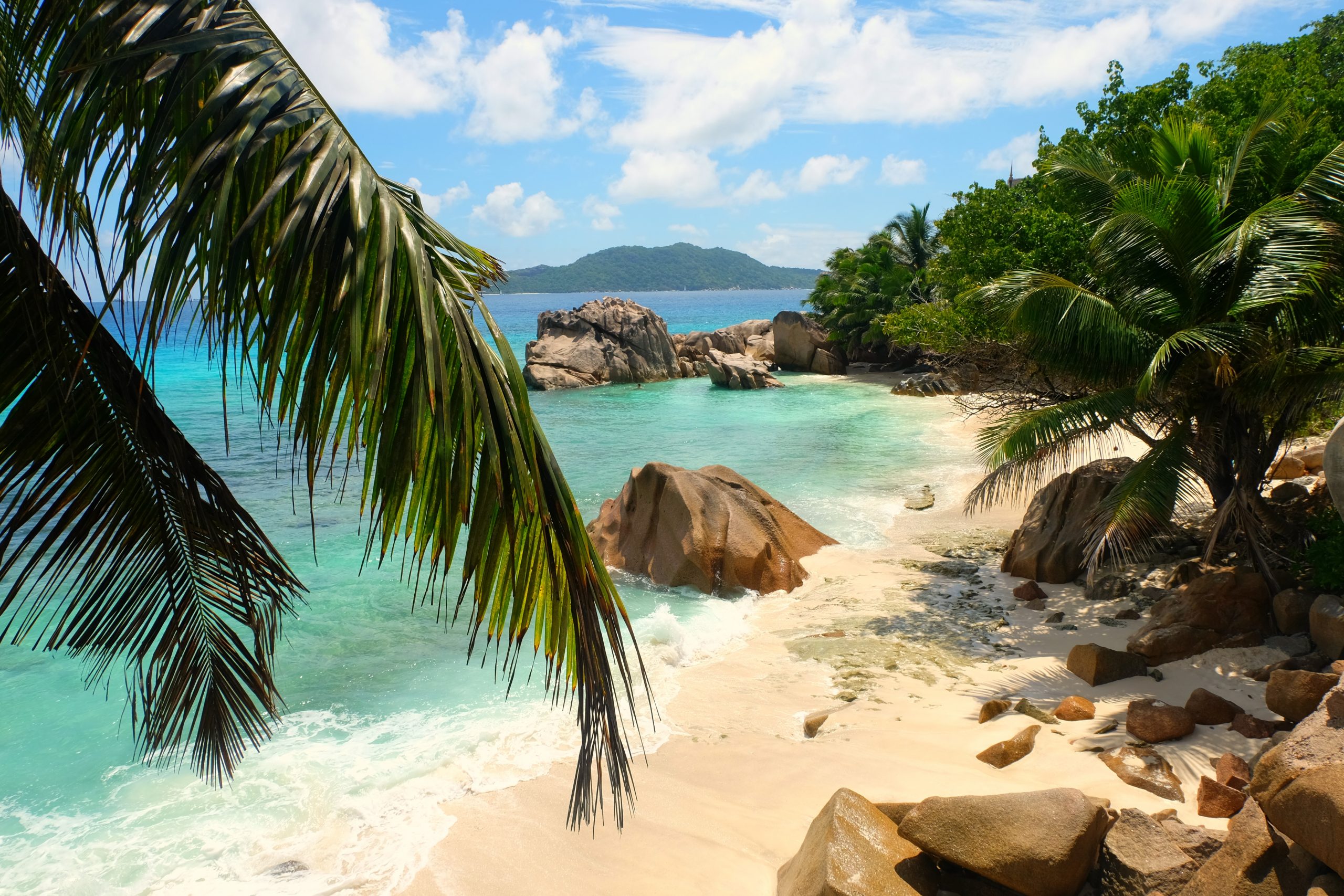
Sun times in Seychelles
The sun sets very early in Seychelles. By 6:30 pm it’s pitch dark outside. Sounds crazy, I know, but it took me some time to get used to it. So what does this really mean? Well, it is advisable that you don’t chill around dark and dodgy places after the sun goes down. This can cause a bit of a problem because this means you have a limited amount of hours where you can freely do things. For example, I wouldn’t have felt comfortable driving in the dark to go to a restaurant by the beach, in the middle of nowhere, then drive back in the night with no street lights. Start your day early and go back to the hotel at a reasonable time. If you decide to stay in expensive hotels, note that most of their perimeters are enclosed and much, much safer. On Mahé for example, at the Four Seasons, you have access to a private beach and a restaurant overlooking the ocean. This means you can freely walk around at night, even take a bath in the ocean and eat as late as 10 pm if you wish to.

Temperatures
I’m getting to the really fun part here: there are constant ~30C temperatures in Seychelles. Sure, the temperatures might drop as low as 25C but trust me, you won’t ever notice. We landed at 6 am and the temperature outside was 27C. During the day it peaked to 32C. This sounds like a lot of fun (and it is) but please remember we are talking tropical sun here, which means no matter how great you are with tans, on the Seychelles you really need to be extra careful. I used SPF 30 and still got a dark tan. The only difference is that I didn’t burn. Wear sundresses, shorts, white clothes, sandals, flip flops…and lots of sunscreens. Don’t forget to apply sunscreen on the tip of the ears, face (unless your face cream already contains SPF) and on your foot dorsal. These are the key areas most people ignore and cause a lot of burns.
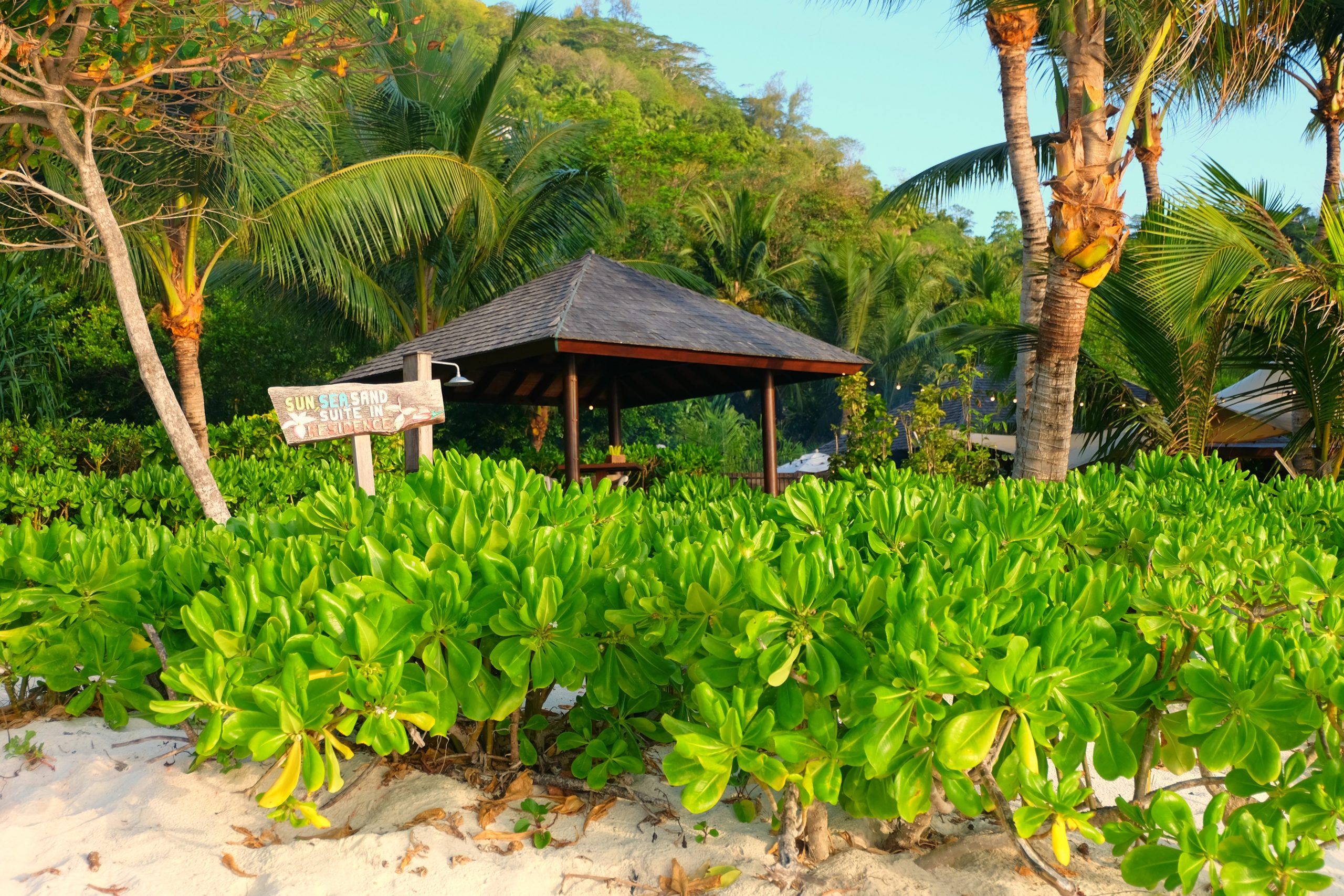
Ocean safety
I don’t think I ever experienced a clearer or more awesome water than here in Seychelles. The ocean was crystal clear, beautifully warm with a constant temperature. It was like swimming in paradise. I honestly can’t describe how amazing this was. There were times when I swam with colourful fish and over stingrays. Other times I snorkelled over corals and enjoyed the playful waves of the Indian Ocean. But all these joys come with a few warnings. First of all, remember that there are very strong currents in Seychelles. Never venture too far. Once you are in the water to your waist, you will start feeling how strong the currents are. Play it safe. When swimming with or overstingrayss, always make sure you don’t step on them. Their sting (or cut) is incredibly painful and sometimes it requires surgery or can even get infected. Don’t ruin the perfect holiday, keep your distance and be cautious. Try to avoid swimming in the ocean without a life guard present. And finally, you will come across many perfectly secluded beaches which have signs advising against swimming at all times. Respect the signs for your own safety. Note that nobody will hear you nor be able to save you as you are essentially on a secluded beach… Again, better be safe than sorry.
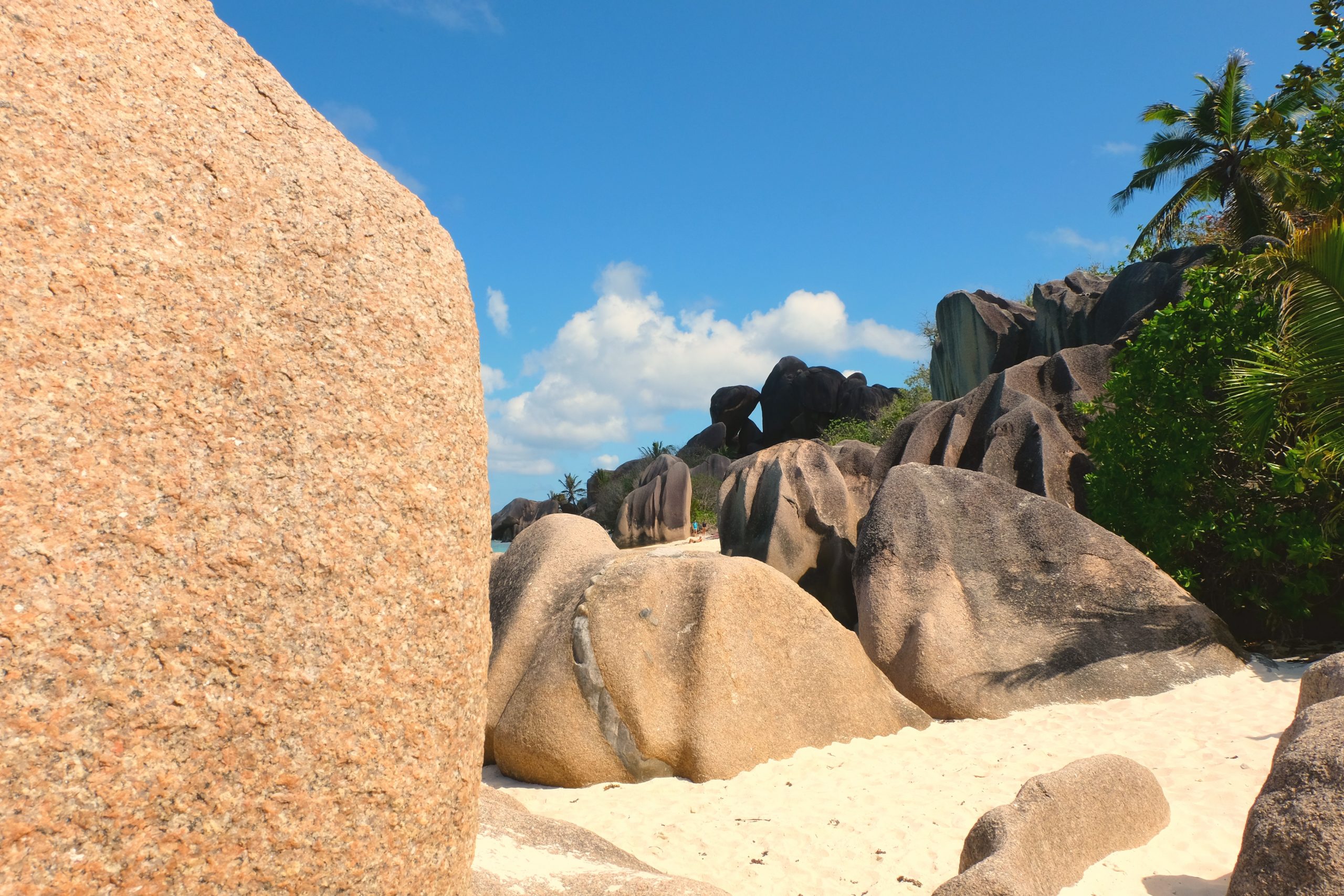
How safe are Seychelles
There were parts which made me feel very safe in the Seychelles and parts which didn’t give me much confidence. To be honest with you I am usually a very cautious traveller and I prefer travelling to safe countries such as Japan. I love off the beaten path adventures and would only send you to places I’ve experienced and found safe enough. I found La Digue to be quite safe. I wasn’t afraid to walk around freely in the dark. It had a very chilled vibe. I also felt relatively safe in Praslin. People were more fun, chilled and relaxed and at no point, I felt threatened. On Mahé however, I was more reticent. I felt generally safe but I didn’t feel as comfortable walking around at night. I didn’t have any issues during daytime. It didn’t help that everyone kept saying to stay safe and hide our valuables. This created a bit of a tension in certain instances. I would recommend Seychelles in a heartbeat. I didn’t think they weren’t safe, however, I would probably advise to stay vigilant and practice common sense.
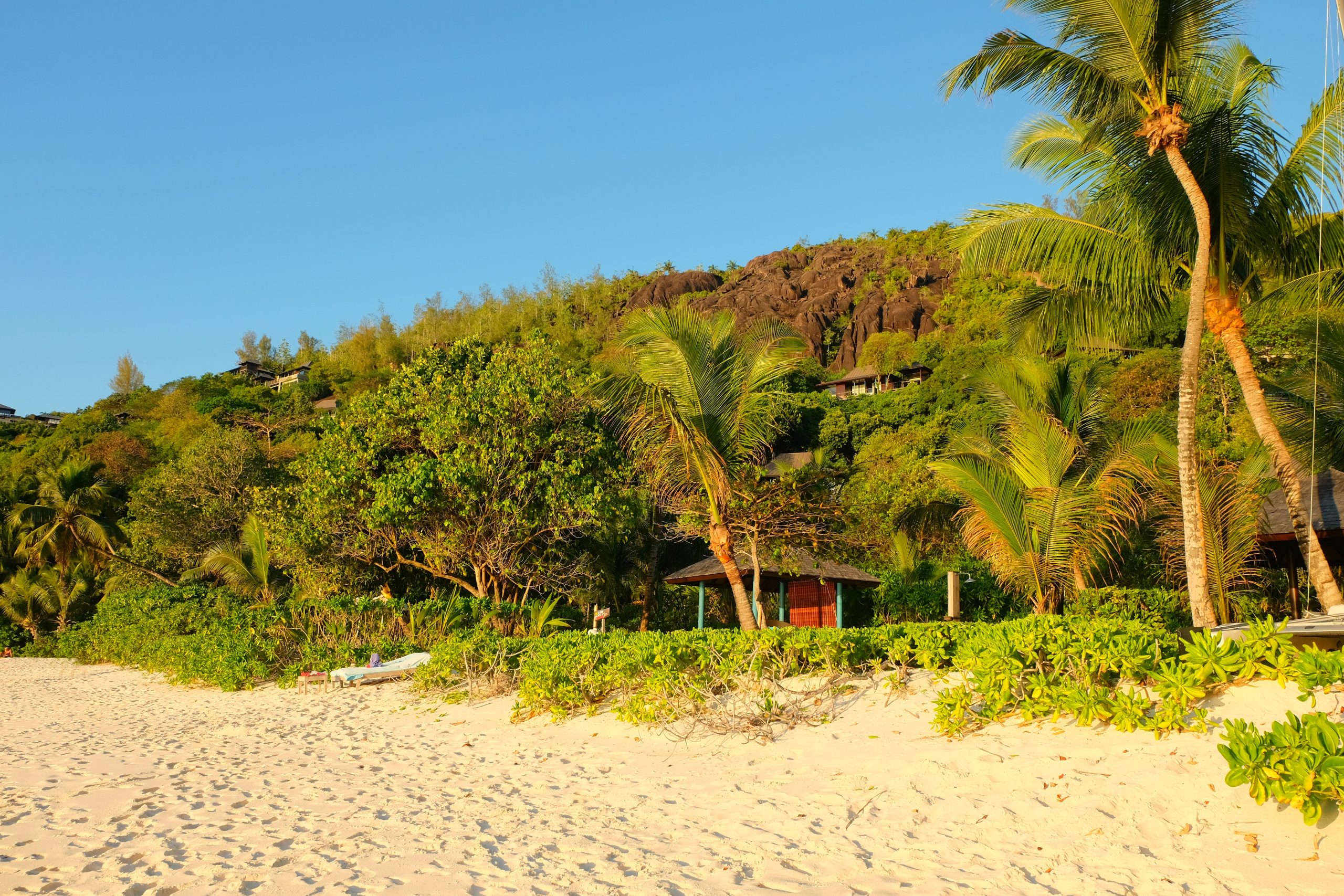
8. Getting around in Seychelles
Of course, this depends on your budget, location and island. On Mahé, I rented a car so I can explore the island properly. I found the roads to be very narrow. The mountain road was very steep with hairpin turns. It requires a high level of confidence to drive in Seychelles. An alternative is to take the local bus, however, although very cheap, I didn’t find it appealing as they were old school Tata Indian buses which looked beyond bad and left a trail of black smoke behind. Another option is to take taxis or employ a local transfer service, but they are usually expensive. I suggest renting a car in order to explore the island at your own pace. I decided to go with Maki Rental on this occasion as they offered a high level of customer service.
On La Digue, there is virtually no point renting a car. Here, you either walk or rent a bike. I didn’t rent a bike as I wanted to explore the island at a slower pace. You can access everything on foot within a couple of hours tops. It’s a small, chilled out island.
On Praslin, the getting around options are the same of those on Mahé. I found the cars to be better here (still rented through Maki Rentals), cleaner and much newer. The buses were a little better too. The best way to get around Praslin is definitely by car. It takes roughly 45 min to drive around the entire island, which makes it a great way to explore all the beaches and trial various restaurants throughout.
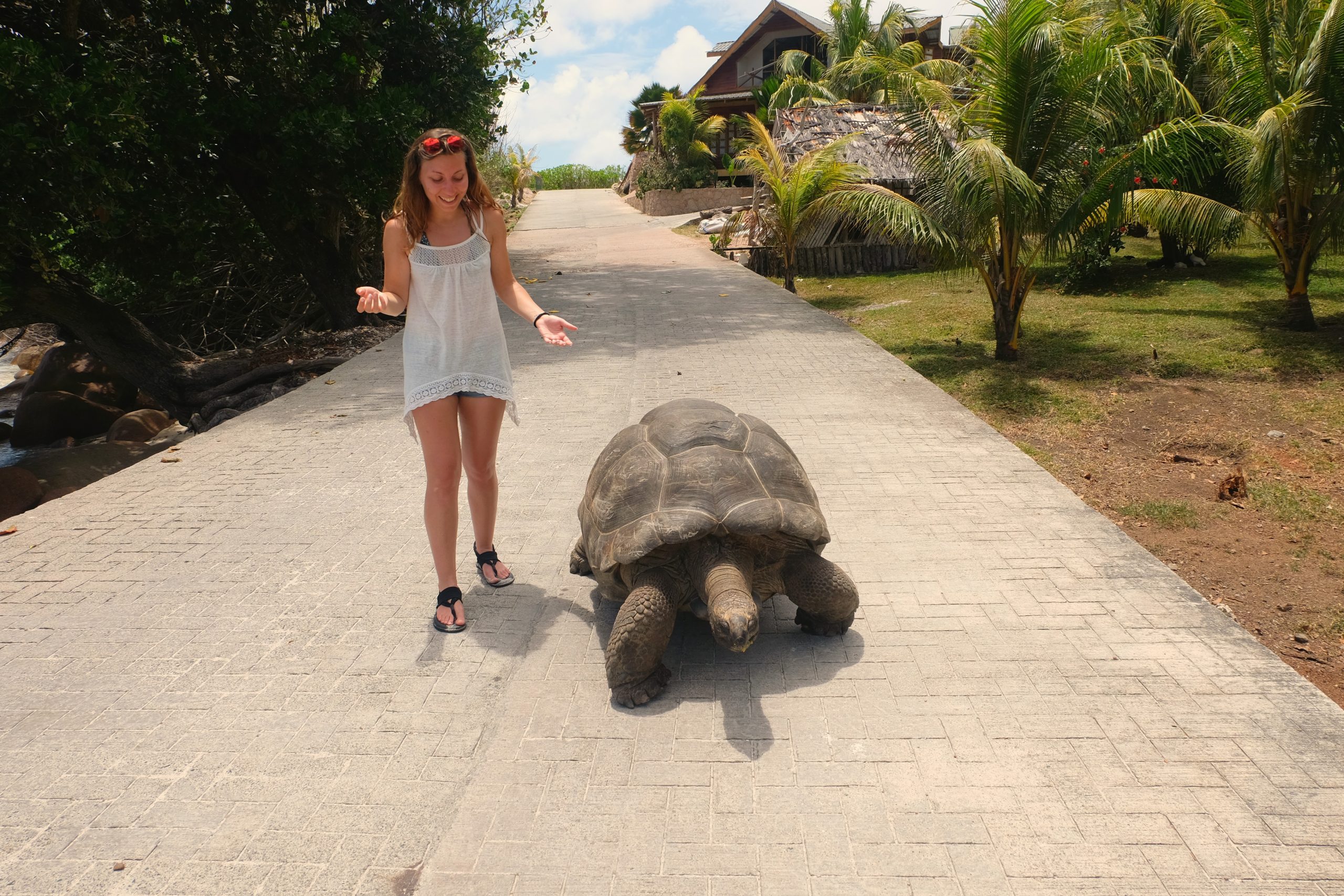
Prices
Prices are absolutely mad in Seychelles. Seychelles is a honeymoon destination and this is exactly what I recommend it for. I don’t think it’s very suited for indie travellers, because the prices in supermarkets are excruciatingly high and cooking my own food was difficult due to lack of options. This also applies to restaurants. Two cocktails were 20 euro and two courses of food with a couple of gin and tonics ended up being around the 100 euro mark. No, I’m not even talking about fancy restaurants here, just normal places and cafes which served lunch. A little crazy if you ask me. As you know Japan is my favourite place on Earth, hence I’m kinda used to entering any restaurants, paying 500 Japanese yen (5 euro) and getting a meal to die for. Accommodation in a decent apartment or hotel is around 100 euro per night. Accommodation in Four Seasons or Constance Ephelia can easily be over 1000 euro per night, sometimes even more. Moral of the story: you can’t really do Seychelles on a budget in my opinion.

Have fun!
Finally, Seychelles has been an amazing experience. I really can’t express how beautiful these islands are. I can safely say that reality beats the expectation when you visit Seychelles and the photos you see scattered around the internet really are a true image of how Seychelles look like. These remote islands make for the perfect honeymoon, especially if white sandy beaches and crystal clear water is what you are after. Don’t forget that you can see land tortoises, dive, do some island hopping, lounge, tan, swim, snorkel and even hike. What’s not to love in this natural paradise called Seychelles?
Would you like to visit Seychelles? Would you stay in an expensive hotel or would you try and go as budget as possible? Would you visit only one island or try to see as much as possible? Let me know in the comments section below.

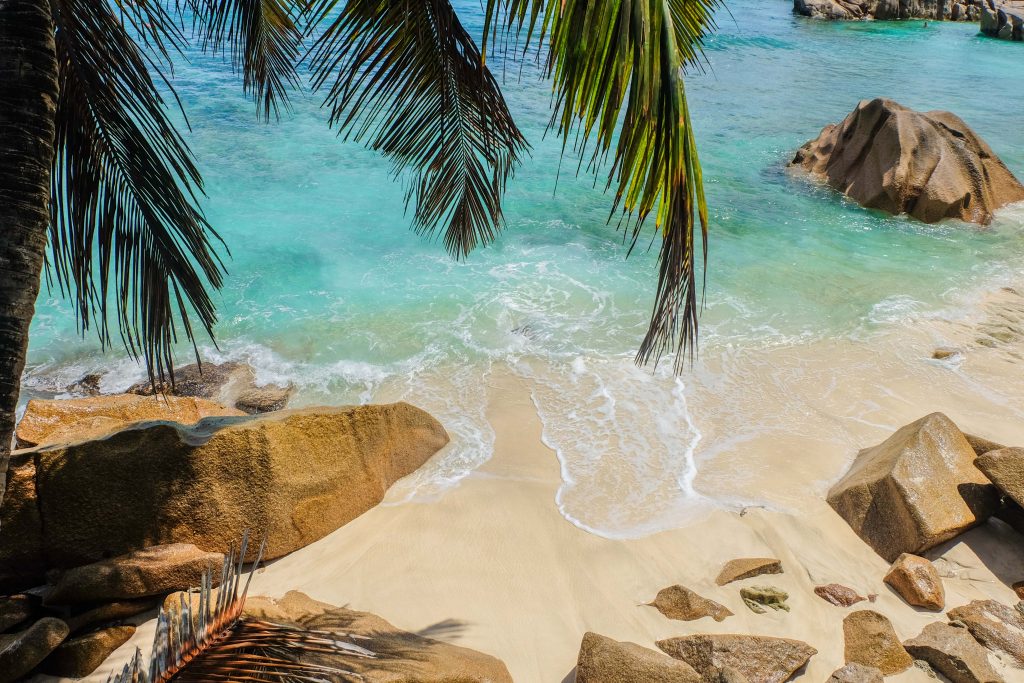


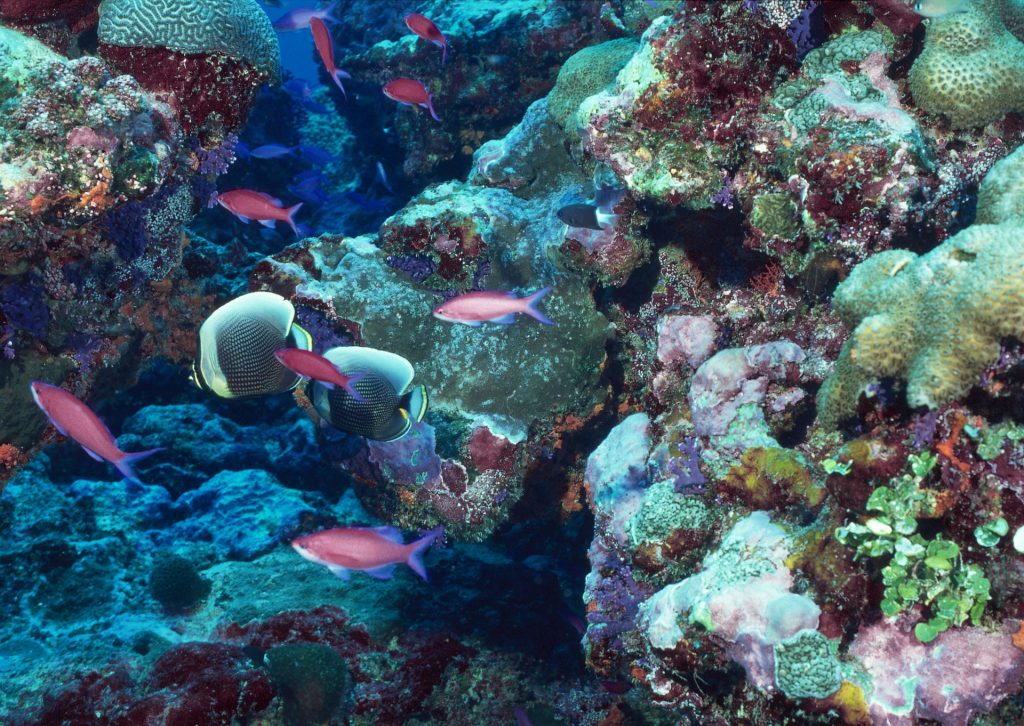

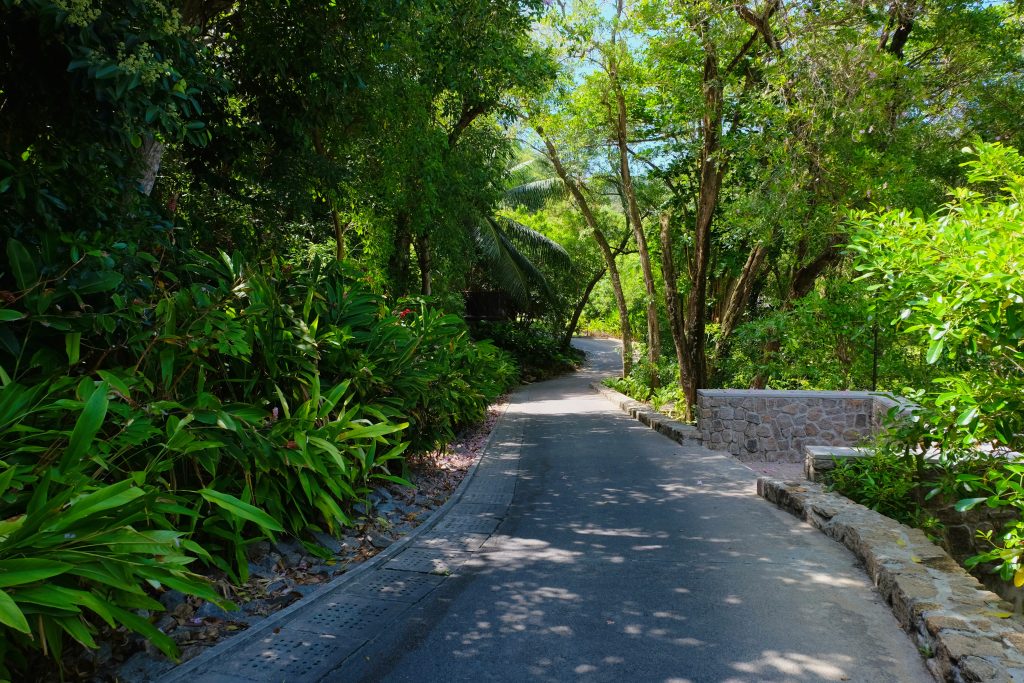


Leave a Reply